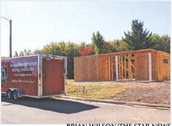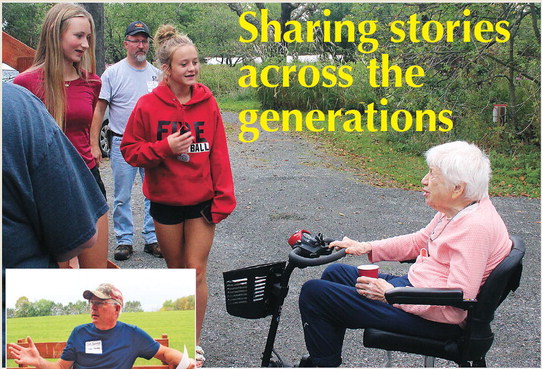Conditions are right for an increased risk of wildfires


The public is asked to check fire danger, before conducting outdoor burning activities. Dry weather, gusty winds and minimal chances of precipitation, ahead of a strong cold front, are in the forecast, leading to the potential for increased fire activity.
Fire danger will continue until there is significant rainfall. Dry vegetation from lack of rainfall is more susceptible to carrying a wildfire.
With the onset of the fall fire season and the forecasted conditions, fire officials have started staffing some fire equipment in the northern half of Wisconsin.
Wildfires can happen any time of the year, when the ground is not completely snow-covered. Areas are especially vulnerable in the early spring and again in the fall, after the leaves have fallen from the trees, and the plants and grasses go dormant, in preparation for winter.
The main cause of wildfires at this time of year, is burning brush and leaf piles, and debris burning continues to be the No. 1 cause of wildfires in Wisconsin. Sparks from recreational equipment, campfires and hot ashes from fireplaces, are also contributing causes.
Smoldering embers can remain hot for days, even weeks. If using a wood stove or fireplace, empty the ashes into a metal container, with a tight-fitting lid or dump them onto bare soil. Then, drown the ashes with water and stir until the embers are completely cold.
The same goes for campfires, burn barrels, and burned leaf and brush piles. Before leaving the area, drown the ashes, stir and keep adding water, until all heat and smoke are gone.
The DNR recommends avoiding conducting any debris burning until the ground is completely snow-covered.
To check current fire danger, wildfire reports and burning restrictions, visit dnr.wi.gov.
Yes, that is a lilac you see blooming in October, much the delight and puzzlement of area residents. The phenomenon doesn’t come along often, especially when the fragrant and colorful blossoms have to compete with flaming fall foliage, but many of the lilac bushes sport the pale flowers amidst their nearly bare branches. According to experts, extreme weather swings are the cause of the unseasonal occurrence.
Photo by Ginna Young



